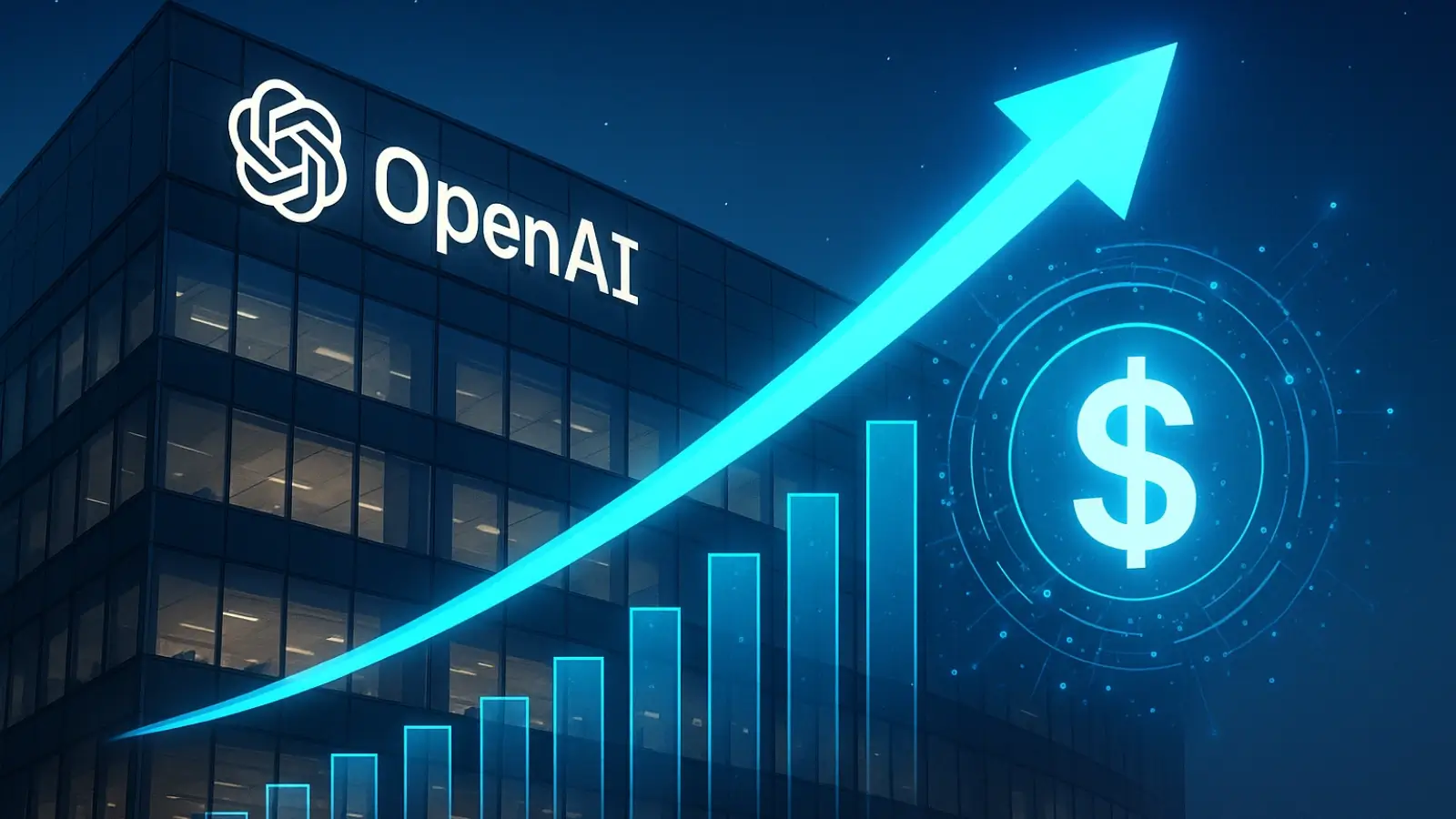


Modern deepfake technology advances at high speed, which produces serious situations of financial deception, political control, and media fabrication. The use of synthetic AI-generated content poses growing security threats to businesses in finance and security institutions that depend on authentication systems for protection. Widespread implementation of effective deepfake detection requires full comprehension of actual deepfake occurrences worldwide.
Deepfake scams in financial sector operations have directly resulted in multibillion-dollar losses despite anti-scam measures that already existed.
The financial division of Arup accepted a $25.6 million payment after one of their London employees fell victim to an executive deepfake impersonation over a video call in 2024. The employee discovered the fraud too late when their headquarters verified the situation.
The German parent company's fake deepfake voice call tricked the UK CEO into moving €220,000 ($243,000) in 2019. The imposter's voice recreated the same regional accent together with the speaking tone of the victimized executive.
In 2020, bank authorities allowed a $35 million financial transaction when criminals successfully pretended to be the CEO through deepfake technology. Such incidents prove that deepfake detection systems must be implemented to safeguard financial security.
Attackers released a fake video showing Ukrainian President Zelensky surrendering his troops in 2022. The fake video spread swiftly despite exhibiting detectable defects, which drew skepticism.
In 2019 a digitally altered video presented U.S. Speaker Nancy Pelosi to internet viewers with purposefully retarding her voice to imply she was drunk. Real-life deepfake examples became a political concern after this particular event.
The treatment of misinformation by Facebook led artists to develop a deepfake Mark Zuckerberg video showing him bragging about maintaining control of user data to illustrate AI-created effective yet deceptive statements.
South Korean broadcasting network MBN utilized an AI-based artificial news presentation of anchor Kim Joo-Ha in 2020 to demonstrate deepfake technology potential in genuine media yet reflected danger to information accuracy.
TikTok user @DeepTomCruise showcases AI-driven Tom Cruise impersonations on the platform that achieve near-flawless results. The entertaining video content shows why deepfake detection is vital for recognizing authenticity from fabricated content.
Through a deepfake creation featuring Taylor Swift supporting a Le Creuset giveaway, users ended up on fraudulent phishing websites to illustrate deepfakes serve as fraudulent tools.
A North Korean hacker deceived a cybersecurity firm into employment as an IT worker after passing interviews and checks with the help of deepfake technology. Remote hiring has become increasingly vulnerable due to the present situation.
Businesses must adopt AI-driven deepfake detection systems because recent deepfake incidents show that such systems represent an urgent operational requirement. The criminals exploit modern techniques to outsmart identity verification systems, thus creating two main security risks:
Identity fraud: Synthetic identities trick financial institutions.
Fraudulent transactions: Impersonating executives to authorize wire transfers.
Data breaches: Manipulating employees into leaking sensitive information.
Reputational damage: Fake videos can destroy trust and credibility.
Deepfake technology continues to advance since Artificial Intelligence and machine learning develop rapidly. The rarity of detectable deepfakes requires businesses to advance their fraud detection systems. Cybercriminals use machine-generated identities and voice cloning capabilities to get through multiple KYC security checks, making companies need stronger protective measures. To improve deepfake detection, businesses need to implement these three essential strategies:
Modern artificial intelligence algorithms detect minor flaws that remain unnoticed in the most sophisticated deepfake productions. These anomalies include:
Unusual blinking patterns (excessive or too infrequent)
Speech fails to match with the movements of the lips
Discrepancies emerge between the surface feel and illumination of the skin
The video image shows blinking or distorting effects when the person moves their head.
Sudden blurring or unnatural shifts
The live person detection system proves that an authentic individual sends or receives the message instead of an artificial intelligence deception. Passive liveness detection runs silently in the background while it examines movements along with facial structure patterns to find fraudulent activities.
National Security flaws should be actively monitored beyond initial customer enrollment. Businesses must maintain continuous biometrics checks with device fingerprinting and voice analysis to identify discrepancies in voice and facial information.
Security systems must evolve with deepfake technology because its capabilities continue to advance. Your business protection requires staying informed about current deepfake detection systems to stop fraud.
Deepfake examples show how AI can create fraud, manipulate politics, and spread misinformation. To protect against these risks, organizations need to use deepfake detection technology. This will help secure financial transactions and verify identities while preventing deepfake incidents.